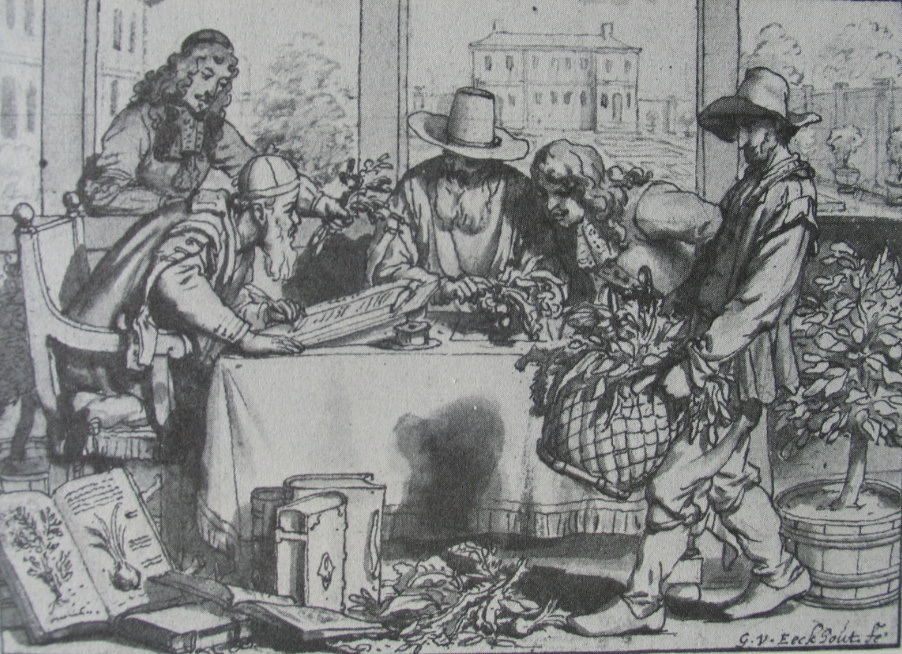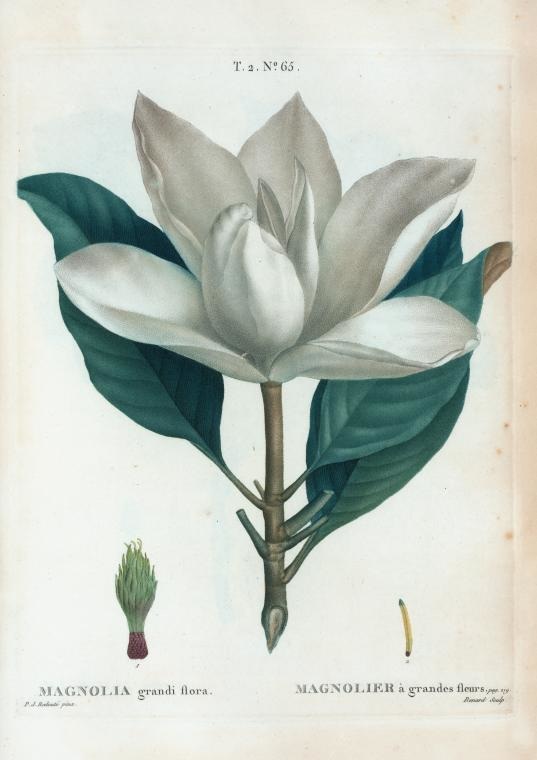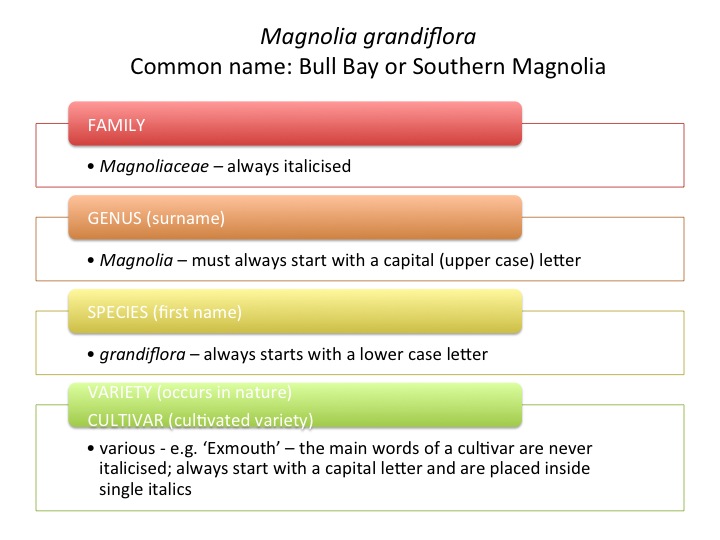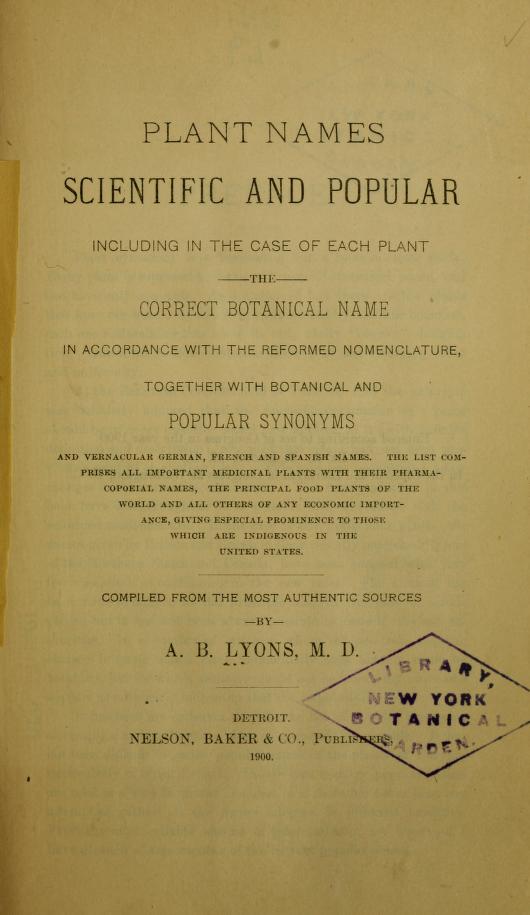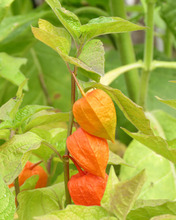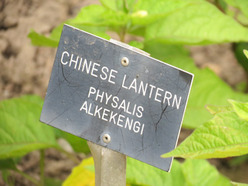- Home
- NEWS
-
HISTORY
- What is Botanical Art?
- What is Botanical Illustration?
- Botanical Art History Books >
- Herbals
- Florilegia and Flora
- Patrons of Botanical Art >
- Past Masters - Botanical Art and Illustration >
- Famous Asian Botanical Artists (600-1900)
- 20th & 21st Century Botanical Artists >
- Botanical Photographers
- Botanical and Herbal Art Online
-
ARTISTS
- Botanical Artists in the UK
- Botanical Artists in North America
- Botanical Artists in Europe
- Botanical Artists in Australia and New Zealand
- Botanical Artists in Asia
- Botanical Artists in Africa
- Botanical Artists in Latin America
- Botanical Printmakers, Photographers, Sculptors et al
- The Jill Smythies Award
- Botanical Artists on Facebook
- Botanical Art Blogs
-
Exhibitions
- Calls for Entries - OPEN exhibitions
- Online Exhibitions >
- RHS Botanical Art & Photography Shows >
- The Shirley Sherwood Gallery of Botanical Art >
- Hunt International Exhibition of Botanical Art & Illustration
-
UK
>
- North America >
- Europe >
- Australasia >
- Asia >
- Africa
- ARCHIVE: World Wide Exhibition of Botanical Art 2018
-
Education
- NEW BOOKS about Botanical Art and Illustration >
-
Best Botanical Art Instruction Books
>
- Tips and Techniques >
- Botanical Art Video Tips >
- Online Botanical Art Instruction >
- International Directory: Botanical Art Teachers
- International Directory of Botanical Art Courses >
- Artist Residencies, Scholarships and Bursaries
- Diplomas and Certificates >
- Distance Learning Courses
- Talks, Lectures & Tours
- Botanical Education on Facebook
- Materials
- Groups
-
Botany
- Why botany matters to artists
- Botany Books for artists >
- Scientific botanical illustration
- Plant Forms and Anatomy
- Plant Evolution and Taxonomy
- Plant Names and Botanical Latin
- Botanical Dictionaries
- How to Identify Plants
- Recording a Plant / Sketchbooks >
- Botanic Gardens & Herbaria >
- Blogs about Plants and Flowers
- Contact
This section includes information about
- The International Plant Names Index (IPNI) and Nomenclatures
- what a Latin plant name tells you
- how to find out what to call the different parts of plants
- Reference Books which are very helpful to using Botanical Latin and knowing what different plant names and terms actually mean.
- Botanical Latin for Artists - and useful reference books
- RHS Guidance on Plant Names for Artists - this references the new Exhibitor Factsheet for all RHS Botanical Art Exhibitions
Plant Names
Nomenclature - the naming of plants - is similar to taxonomy - but it's also different.
Synonyms (in taxonomical terms) are the names of plants that are known by a different name. It is NOT the equal, nor does it have similar status to the current correct name. It is not interchangeable.
- Taxonomy provides a system of categories of plants
- Nomenclature provides a system for names of plants
Synonyms (in taxonomical terms) are the names of plants that are known by a different name. It is NOT the equal, nor does it have similar status to the current correct name. It is not interchangeable.
A nomenclature standard is the specimen or image that forms the definitive reference to interpret the name of a cultivar.
RHS - Nomenclature standards
It's also useful to remember that
Names are hypotheses therefore as our knowledge changes so can names
Laurence Hill
Binomial nomenclature
|
Carl von Linne a.k.a. Linnaeus came up with a system for naming in 1753 where each species of plant has a name which has two parts. This is called Binomial nomenclature. It's a a formal system of naming species of living things. Each of the two parts of the name used Latin grammatical forms.
However a botanical plant name can also have three parts. These are
|
There are a number of conventions around how names are written - see below.
Plant Names and Terms
The International Plant Names Index (IPNI)
|
There's a set of rules for how plants are named across the world so that people in different countries can know they are talking about the same plant.
There are agreed sets of rules for arriving at a common name and these are set out in International Codes.
The end result is the The International Plant Names Index (IPNI). It is produced and published due to a formal collaboration between three institutions -
REFERENCES:
RHS StandardNomenclature standard is also a term used by the RHS to define a specimen held in a collection - against which others can be judged
|
INTERESTING FACT:
One of the top ten most downloaded books from the Biodiversity Heritage Library is a book published in 1900 - all about plant names - with botanical and popular synonyms and vernacular, German, French and Spanish names. Below is the title page of: Plant names, scientific and popular, including in the case of each plant the correct botanical name in accordance with the reformed nomenclature, together with botanical and popular synonyms by AB Lyons (You can download the book from BHL) |
REFERENCES:
|
Wikipedia:
|
Other
|
Botanical Epithets
|
The use of the word 'epithet' has declined over time.
An epithet has been variously defined. |
In relation to Botanical Epithets, the authority who defines how they may be used is the International Code of Botanical Nomenclature (see below)
|
the part of a taxonomic name identifying a subordinate unit within a genus a glorified nickname - a descriptive term (word or phrase), accompanying or occurring in place of a name and having entered common usage an adjective or phrase expressing a quality or attribute regarded as characteristic of the person or thing mentioned. |
23.1. The name of a species is a binary combination consisting of the name of the genus followed by a single specific epithet in the form of an adjective, a noun in the genitive, or a word in apposition, or several words, but not a phrase name of one or more descriptive nouns and associated adjectives in the ablative (see Art. 23.6(a)), nor certain other irregularly formed designations (see Art. 23.6(c)). If an epithet consists of two or more words, these are to be united or hyphenated. An epithet not so joined when originally published is not to be rejected but, when used, is to be united or hyphenated, as specified in Art. 60.9.23.2. The epithet in the name of a species may be taken from any source whatever, and may even be composed arbitrarily (but see Art. 60.1). |
Plant terms
|
There is a large vocabulary of names and terms for different parts of the plant and plant functions. It's useful to know what these mean - or at least to have a book where you can look them up when you come across them!
|
See Botanical Terms - Dictionaries and Glossaries
REFERENCES:
|
The Cambridge Illustrated Glossary of Botanical Terms by Michael Hickey and Clive King
|
I bought my copy from the Cambridge University Press shop in Cambridge (opposite the Senate House)
|
It covers 2400 botanical terms used to describe vascular plants. These mainly relate to structures visible to the naked eye or when using a x10 lens.
The term is defined precisely and is accompanied by a line drawing. It not only provides a reference for plant terms but also provides a guide for how certain structural elements can be drawn in pen and ink (line and stipple). The diagrams are good examples of how illustrations could be produced by authors and by students. Michael Hickey trained in botany and horticulture and has been awarded RHS Medals for his pen and ink botanical drawings. Clive King spent 30+ years at Cambridge Botanic Garden as Assistant Taxonomist and Librarian |
Paperback: 222 pages
(of which Illustrations use 127 large format pages) Also available on Kindle. Publisher: Cambridge University Press Publication date: 12th reprint - 16 Nov. 2000 Average Customer Rating out of 5 stars:
The Cambridge Illustrated Glossary of Botanical Terms
The Cambridge Illustrated Glossary of Botanical Terms
Americans might want to review the cost of buying in the UK + international shipping given the listed cost of buying in the USA
|
The Kew Plant Glossary - An Illustrated Dictionary of Plant Terms
by Henk Beentje (text) and Juliet Williamson (Illustrator)
by Henk Beentje (text) and Juliet Williamson (Illustrator)
|
This very accessible guide to plant terms contains 3,600 botanical terms.
Each of the terms is explained in terms of a full definition plus detailed illustrations which help to identify a plant - and to identify this part of the plant on a live specimen. The book is written by Henk J. Beentje who is a botanist working at the Royal Botanic Gardens, Kew. He has considerable field experience in Africa and Madagascar. He authored titles on Kenyan trees, Zanzibari forests and Madagascar palms, as well as on African vegetation in general and plant glossaries. His main interests are in regional Floras, field guide production and conservation, and he was editor of the Flora of Tropical East Africa at the Royal Botanic Gardens, Kew, which completed in 2012. Juliet Williamson is his wife. |
Paperback: 170 pages
Publisher: Royal Botanic Gardens Kew Publication: 30 April 2010 Average Customer Rating out of 5 stars:
BUY THIS BOOK The Kew Plant Glossary
The Kew Plant Glossary
|
A Botanist's Vocabulary by Susan K. Pell and Bobbi Angell
|
HIGHLY RECOMMENDED This book explains 1300 botanical terms and illustrates these using Bobbi Angell's impeccable pen and ink botanical illustrations. |
Hardcover: 228 pages
Publisher: Timber Press Publication date: May 25, 2016 BUY IN THE USA Rated an average of 4.6 out of 5 stars by 20 customer reviews BUY IN THE UK Rated an average of 5 out of 5 stars by 1 customer review Botanist's Vocabulary, A (Science for Gardeners)
|
Reviews:
- A Botanist’s Vocabulary by Esther Jackson (the Public Services Librarian at NYBG’s LuEsther T. Mertz Library )
- ‘A Botanist’s Vocabulary’ is illustrated introduction to the plant sciences by Tania Marien
- Botanical Illustration - Books by Bobbi Angell - on this website, includes a review of this book
About the authors:
- Susan K. Pell, Ph.D., former Director of Science at the Brooklyn Botanic Garden, is the Deputy Director and Science and Public Programs Manager at the United States Botanic Garden in Washington, D.C.
- Bobbi Angell has been drawing plants for the botanists of the New York Botanical Garden since 1978 after graduating with a degree in botany. She's a member of the American Society of Botanical artists and New England Society of Botanical Artists.
Bobbi Angell creates richly detailed pen and ink drawings for botanists at the New York Botanical Garden and other institutions, and for many years illustrated the New York Times Garden Q&A column. A gardener and printmaker as well as an illustrator, she lives in southern Vermont.
Author profile
Index Kewensis
|
The aim of Index Kewensis (IK) is to register all botanical names for seed plants at the rank of species and genera.
It came about because of the efforts of Benjamin Daydon Jackson of the Linnaean Society and Joseph Dalton Hooker at Kew. Charles Darwin provided the funding for the indexing project. The Index Kewensis is maintained by the Royal Botanic Gardens, Kew. It later came to include names of taxonomic families and ranks below that of species. |
The Plant List
|
REFERENCE:
|
TIP: Identifying the correct name!
|
I take lots of photographs of plants while working out what to do next - as either an individual drawing or a series of plant drawings.
I've learned the hard way to remember to take photographs of the plant names as well! |
Botanical Latin for Artists
|
It's worth knowing that artists submitting work to RHS exhibitions have had their work downgraded in medal terms because their plant names were not correctly expressed!
Hence if you have aspirations to becoming a serious botanical illustrator or artist there are going to be times when it's worth taking time out to get a name:
|
Scientific names are written in italics. The first name starts with a capital letter and the second name always starts with a lower case letter e.g. Pinus sylvestris. Cultivars are shown in single quotes and not in italics eg. Pinus strobus ‘Contorta’. |
The Basics of Botanical Latin
|
Plants have Latin names because Latin was the international language of science when systems for naming plants were first formalised.
Botanical Latin is a major challenge for many botanical artists and illustrators. Common reasons are:
In 2012 Two excellent reference books for Botanical Latin are highlighted below. Botanical Latin is best described as a modern Romance language of special technical application, derived from Renaissance Latin with much plundering of ancient Greek, which has evolved, mainly since 1700 and primarily through the work of Carl Linnaeus (1707–78), to serve as an international medium for the scientific naming of plants in all their vast numbers and manifold diversity. |
Commentary on Botanical Latin
Botanical Latin References:
|
Botanical Latin: History, Grammar, Syntax, Terminology and Vocabulary
by William T. Stearn
by William T. Stearn
|
Paperback: 560 pages
Publisher: Timber Press; Publication date: 4th Edition April 15 2004 Average Customer Rating out of 5 stars:
BUY THIS BOOK RHS Latin for Gardeners
Botanical Latin
|
RHS Latin for Gardeners: Over 3,000 plant names explained and explored
|
RHS - included in the UK version of this book - stands for the Royal Horticultural Society) |
If you want your botanical illustration to be taken seriously you need the full botanical Latin name - and some acquaintance with Latin can be a big help here.
The book has an alphabetical list of over 3,000 Latin names which also tells you how to pronounce each word. It shows you how Latin plant names can reveal:
|
Hardcover: 224 pages
UK Publisher: Mitchell Beazley USA Publisher: University Of Chicago Press Publication date: Oct. 2012 Average Customer Rating out of 5 stars:
BUY THIS BOOK RHS Latin for Gardeners
Latin for Gardeners
|
RHS Guidance on Plant Names and Labels - for Artists
|
The RHS provide a very helpful and comprehensive guide for all artists aspiring to exhibit at their shows (see reference below).
This is designed to avoid artists contributing to their medal being downgraded due to a poor understanding of botanical names / labels and how they should be written. |
Summary
From Botanical Illustration - Exhibition Factsheet (2017) |
Resources about Botanical Art and For Botanical Artists
ABOUT: About the Author | Contact | Testimonials | Privacy Policy COPYRIGHT 2015-22: Katherine Tyrrell all rights reserved.
|
NEWS
News Blog about artists, awards, exhibitions etc. |
EXHIBITIONS
- Calls for Entries - Exhibitions around the world - Online Exhibitions - RHS Exhibitions - Hunt Exhibitions ORGANISATIONS
- Botanical Art Societies - national / regional / local - Florilegium & Groups - Botanical Art Groups on Facebook |
EDUCATION
- Tips and Techniques - Best Botanical Art Instruction Books - Directory of Teachers - Directory of Courses - Online Botanical Art Courses - Diplomas and Certificates - Talks, Lectures and Tours ART MATERIALS (Paper / Vellum) BOTANY FOR ARTISTS - Scientific Botanical Illustration - Best Botany Books for Artists - Plant Names & Botanical Latin BOTANIC GARDENS & Herbaria |
FEEDBACK
Please send me . - news to share - info. about exhibitions - any suggestions for what you'd like to see on this website ADVERTISE Contact me if you'd like to promote workshops and courses on this site. AFFILIATION This website is free to you but not for me! (See Affiliate Income below) |
|
Cookies, Personal Data & Privacy tells you how this site relates to and impacts on you and your privacy - and your choices.
Product & company names may be trademarks of their respective owners |
About Affiliate Income: This website has been created to share information not to make a profit. I am an Amazon Associate and earn from qualifying purchases (e.g. books from Amazon) which helps offset costs associated with maintaining this very large website.
|
- Home
- NEWS
-
HISTORY
- What is Botanical Art?
- What is Botanical Illustration?
- Botanical Art History Books >
- Herbals
- Florilegia and Flora
- Patrons of Botanical Art >
- Past Masters - Botanical Art and Illustration >
- Famous Asian Botanical Artists (600-1900)
- 20th & 21st Century Botanical Artists >
- Botanical Photographers
- Botanical and Herbal Art Online
-
ARTISTS
- Botanical Artists in the UK
- Botanical Artists in North America
- Botanical Artists in Europe
- Botanical Artists in Australia and New Zealand
- Botanical Artists in Asia
- Botanical Artists in Africa
- Botanical Artists in Latin America
- Botanical Printmakers, Photographers, Sculptors et al
- The Jill Smythies Award
- Botanical Artists on Facebook
- Botanical Art Blogs
-
Exhibitions
- Calls for Entries - OPEN exhibitions
- Online Exhibitions >
- RHS Botanical Art & Photography Shows >
- The Shirley Sherwood Gallery of Botanical Art >
- Hunt International Exhibition of Botanical Art & Illustration
-
UK
>
- North America >
- Europe >
- Australasia >
- Asia >
- Africa
- ARCHIVE: World Wide Exhibition of Botanical Art 2018
-
Education
- NEW BOOKS about Botanical Art and Illustration >
-
Best Botanical Art Instruction Books
>
- Tips and Techniques >
- Botanical Art Video Tips >
- Online Botanical Art Instruction >
- International Directory: Botanical Art Teachers
- International Directory of Botanical Art Courses >
- Artist Residencies, Scholarships and Bursaries
- Diplomas and Certificates >
- Distance Learning Courses
- Talks, Lectures & Tours
- Botanical Education on Facebook
- Materials
- Groups
-
Botany
- Why botany matters to artists
- Botany Books for artists >
- Scientific botanical illustration
- Plant Forms and Anatomy
- Plant Evolution and Taxonomy
- Plant Names and Botanical Latin
- Botanical Dictionaries
- How to Identify Plants
- Recording a Plant / Sketchbooks >
- Botanic Gardens & Herbaria >
- Blogs about Plants and Flowers
- Contact
